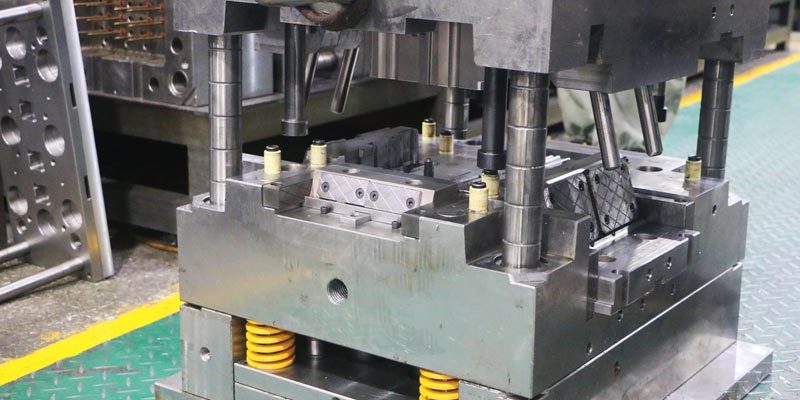Things to note when testing injection mold
After the injection mold processing is completed, we need to test whether the injection mold processing can meet the requirements of plastic products through a trial mold. However, if we do not pay attention to some details during the mold trial stage, plastic products may also be unqualified. So what do we need to inject during the mold trial process?
1. Understand the relevant information of injection mold processing:
Obtain the injection mold processing design drawing, analyze it in detail, and invite injection mold processing technicians to participate in the mold trial work.
2. First check whether the machinery can cooperate normally on the workbench:
Pay attention to whether there are scratches, missing parts, loose parts, etc., whether there are leaks in the water pipe and air pipe joints, and if there are any restrictions on the opening stroke of the injection mold, it should be marked on the mold. If the above inspection precautions can be done before hanging the mold, you can avoid the waste of man-hours caused by disassembling the injection mold after discovering problems during the mold hanging.
3. After confirming that all parts of the injection mold operate smoothly, you must select a suitable injection molding machine. Pay attention when selecting.
(1)Injection capacity
(2) Width of guide rod
(3) Maximum starting distance
(4) Whether the accessories are complete, etc.
After everything is confirmed to be no problem, the next step is to hang the mold. When hanging, be careful not to remove the hanging hooks before locking all clamping templates and opening the mold to avoid loosening or breaking of the clamping templates and causing the mold to fall.
4. Increase the injection mold temperature:
According to the performance of the raw materials used in the finished product and the size of the injection mold, an appropriate mold temperature controller is selected to increase the mold temperature to the temperature required for production. After the mold temperature increases, the movement of each part must be checked again, because the thermal expansion of the steel may cause mold jamming, so attention must be paid to the sliding of each part to avoid strain and vibration.
5. Depending on the raw materials, bake them appropriately.
6. Use the same raw materials as much as possible for trial molds and future mass production.
7. Do not try out molds entirely with substandard materials. If there are color requirements, you can arrange a mold and color test together.

